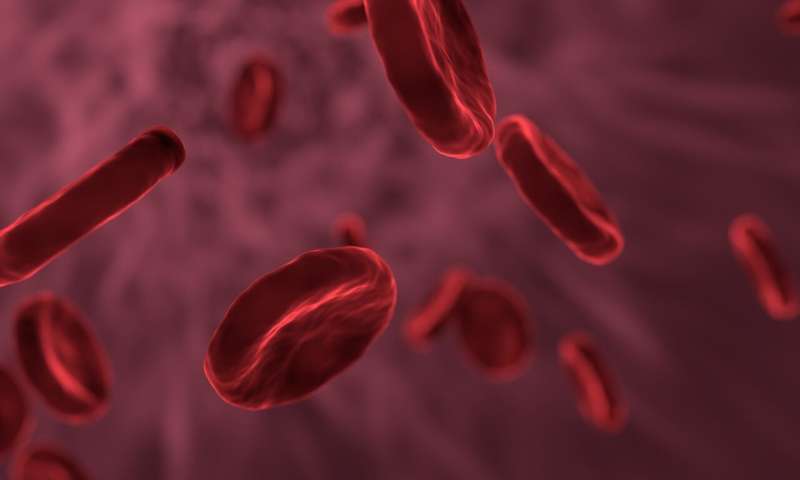Exposure to Green Spaces Promotes Brain Development in Adolescents

New research finds that exposure to green spaces enhances brain development in adolescents, supporting better academic and mental health outcomes. Discover the neurobiological benefits of natural environments for youth development.
Recent research highlights the significant role that green spaces play in supporting structural brain development during early adolescence. A comprehensive study published in Biological Psychiatry examined over 7,000 diverse adolescents across the United States, revealing that increased exposure to natural environments is associated with beneficial changes in brain structure. These include greater total surface area, increased cortical volume, and regional alterations like thicker temporal regions and insula, alongside reductions in frontal lobe thickness. These neurobiological changes were linked to better academic performance and mental health, suggesting that green spaces may bolster resilience and cognitive abilities.
The study uniquely investigated how these structural brain trajectories mediate the relationship between environmental exposure and mental well-being, emphasizing the neurobiological pathways through which green spaces exert their positive effects. Findings also indicated that higher green space exposure correlates with increased growth in brain regions critical for cognitive and emotional processing, such as the caudate nucleus, putamen, and nucleus accumbens. Importantly, adolescence is a critical period marked by rapid neural development and greater environmental sensitivity, making access to natural environments particularly impactful.
Experts argue that urbanization, which often decreases access to green spaces, could jeopardize these developmental benefits. Co-lead investigator, Dr. Qingyang Li, from King's College London, noted that the associations persisted independently of household or neighborhood disadvantage, underscoring the universal importance of natural surroundings. Policy implications emphasize integrating green spaces into urban planning and educational settings to support mental health and learning outcomes in young populations.
This pioneering study provides compelling evidence for the neurodevelopmental advantages of green space exposure and underscores the importance of preserving and expanding natural environments amidst rising urbanization. As the global population becomes increasingly urbanized, ensuring access to green spaces may be a vital strategy for fostering healthy brain development and mental well-being in future generations.
Source: https://medicalxpress.com/news/2025-06-green-space-exposure-beneficial-brain.html
Stay Updated with Mia's Feed
Get the latest health & wellness insights delivered straight to your inbox.
Related Articles
Innovative Two-Dose Antibiotic Therapy Shows Promise for Treating S. aureus Bloodstream Infections
A groundbreaking clinical trial reveals that a two-dose antibiotic regimen for S. aureus bloodstream infections is as effective as traditional lengthy treatments, offering a safer and more patient-friendly option.
New Insights from Canine Genetics Reveal Genes Linked to Human Gastric Cancer
Research using canine genetics has identified over 15 genes linked to gastric cancer susceptibility, offering new insights into human disease and potential targeted therapies.
Understanding Pink Soap Scum in Your Bathroom: Causes and Health Risks
Pink or orange stains in your bathroom are often caused by mold or bacteria like Rhodotorula and Serratia marcescens. Learn about their health risks and ways to prevent their growth for a cleaner, safer bathroom.
New Insights into Genetic Variations Influencing Childhood Brain Tumors
New research reveals how inherited structural variations in DNA influence gene regulation and contribute to childhood brain tumors, opening avenues for improved diagnosis and personalized therapies.



